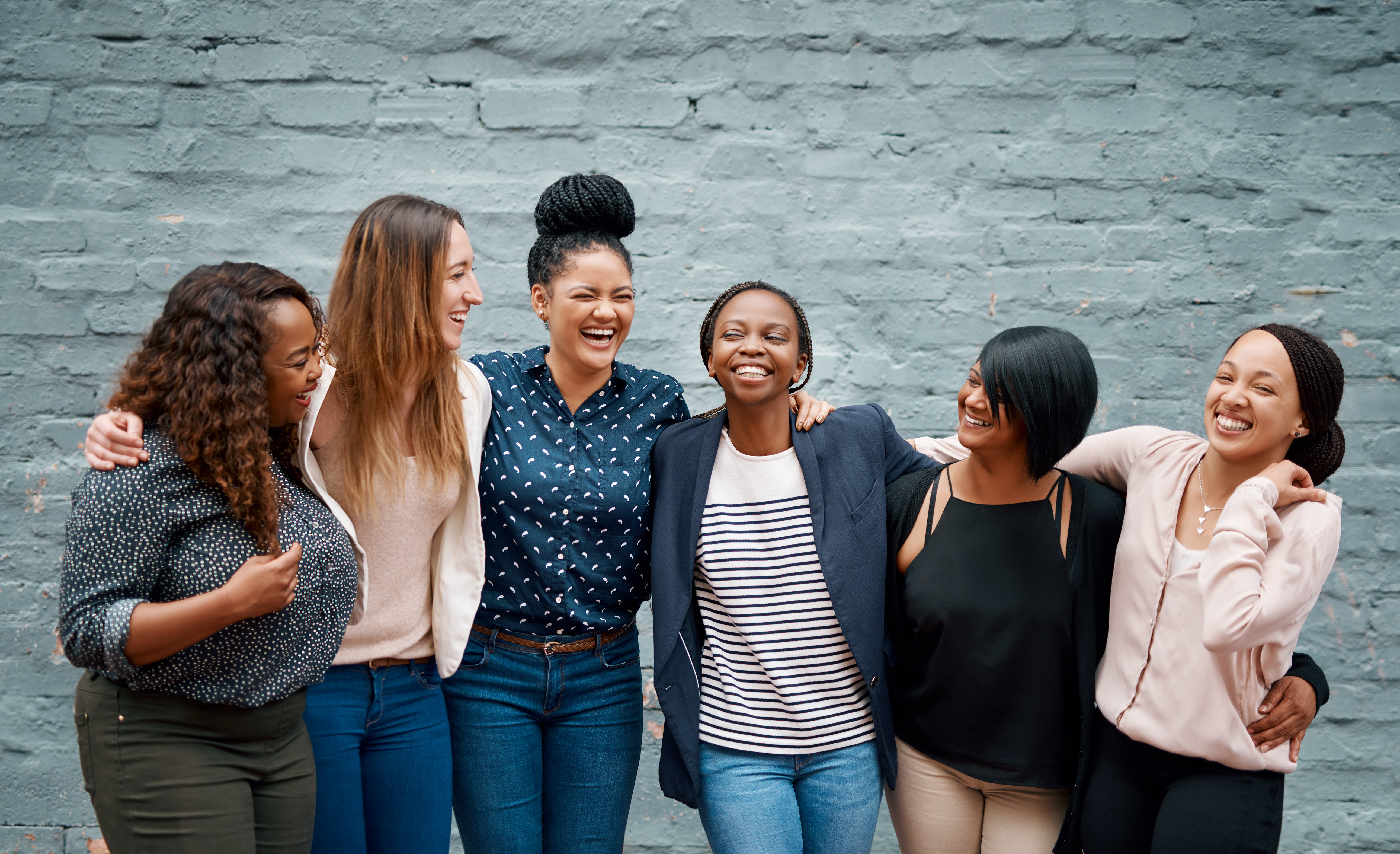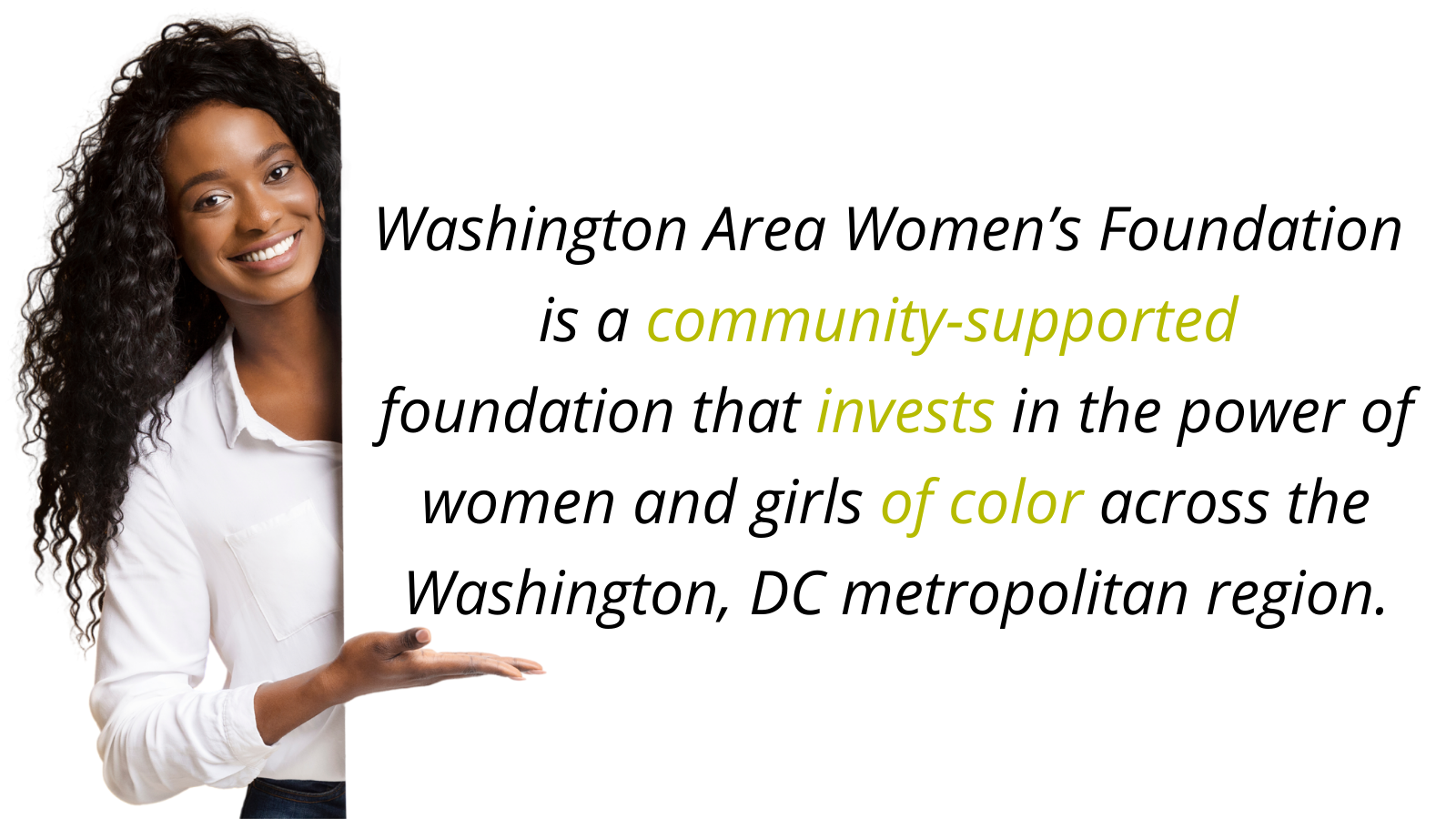In 2016, Washington Area Women’s Foundation began what will be a forever journey. At the time, we were both clear and intentional in how our mission pursued gender justice, but we were not as clear, nor were we intentional, about how racial justice intersected with that mission. And so began our organizational journey with a fundamental question – how could we be better and do better?
We started with ourselves. We took steps to change policies, processes and workplace cultural norms that perpetuated white supremacist values. I will be the first to say that we don’t always get it right, and it will be a lifelong work in progress, but we are being intentional about our learning and acknowledging when and where we fall short and taking steps to do better moving forward.
We then began examining our work and our role as a grantmaker – who and what we support and why. As a women’s foundation, our entire body of work since our inception has been about improving the lives of women and girls, but who are the women and girls we are talking about?
After five years of reflection and internal reform, I am proud to announce, on behalf of the entire Washington Area Women’s Foundation team, an important update to our mission statement:
In many ways, our mission statement is catching up to the fundamental shifts we have been making over the last five years.
There is no debating that women and girls are bearing the brunt of the pandemic, and for cis and trans women and gender expansive individuals of color, this is exacerbated by the structural inequities that were in place long before this pandemic. We saw this play out in real time across our region, prompting us to launch the Stand Together Fund last spring, which prioritized the needs of women and girls of color. In launching the fund, we were clear from the outset that we needed to be focused on the immediate, short-term and long-terms needs of women and girls of color because the systemic barriers that prevented access to opportunity would not disappear overnight.
Additionally, research shows that philanthropy has historically underinvested in women and girls of color, undervaluing them as the powerful community and movement leaders they are. We knew that we could do better. We intentionally prioritized women and people of color led organizations. We shifted to general operating support and changed our application and review process to take the onus off our Grantee Partners. And we undertook our grantmaking outreach and due diligence at the direction of Black, Indigenous, and other people of color leaders in our community so that our investments focused on gaps identified by those who know best.
By investing in the power of women and girls of color, we are actively and intentionally working to shift the power dynamics that are inherent in philanthropy and our community. We are recognizing that our collective liberation from white supremacy is tied to the liberation of women and girls of color, and we are deepening our commitment to achieving gender, racial and economic justice.
While we are proud of the pivots we have made, we are clear that there is much work to do. We are stronger when we stand together, and I invite you to join us on this journey to invest in the power of women and girls of color in our region.




